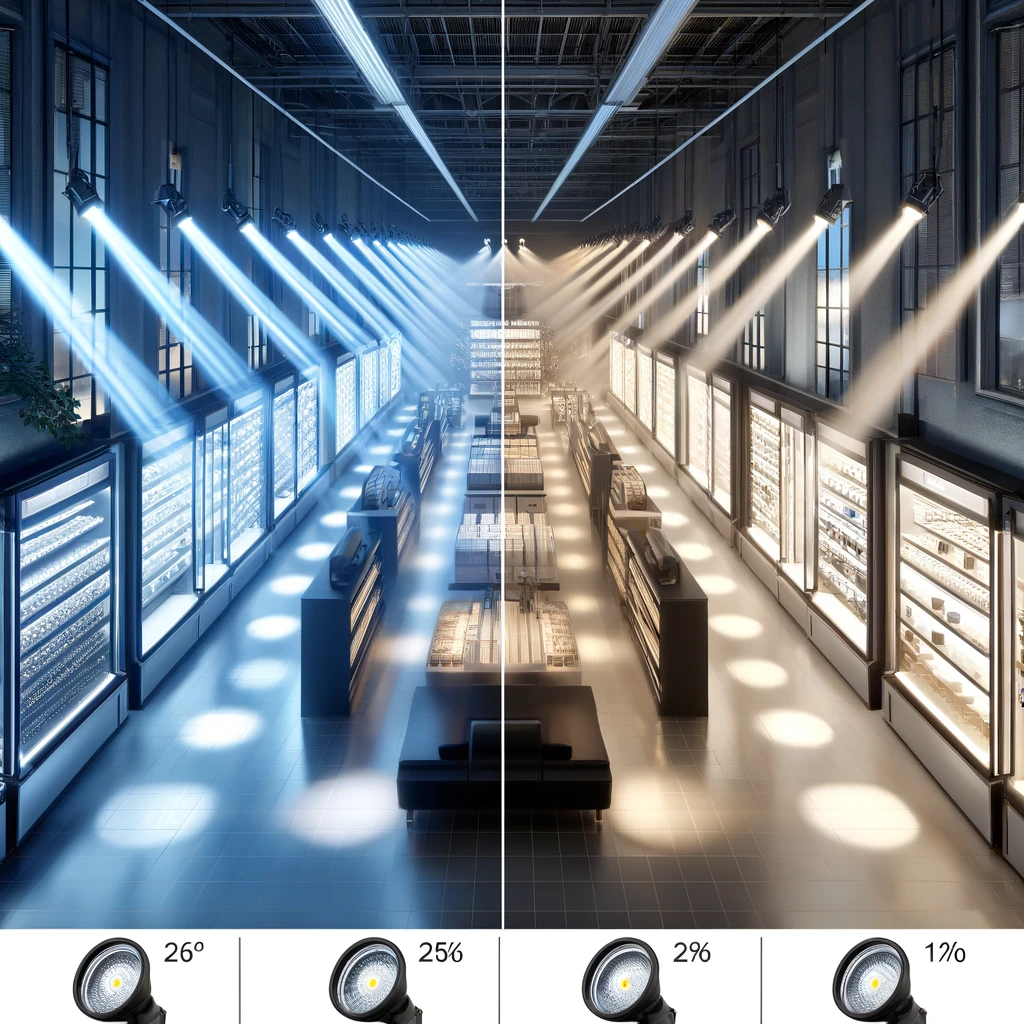Recent Posts
-
Installing Spotlights in Ceiling | Obals Expert Guide
Learn the expert steps and best practices for installing spotlights in your ceiling. Discover the benefits, tools needed, and tips for achieving a professional look.
06/21/2024
-
Warm White Versus Cool White | Expert Lighting Guide
Discover the differences between warm white and cool white lighting. Learn from industry experts about their applications, benefits, and how to choose the right color temperature for your space.
06/21/2024
-
Under Cabinet Lighting Kitchen | Expert Guide
Explore the benefits and best practices for installing under cabinet lighting in your kitchen. Learn from industry experts about types, installation tips, and design ideas to optimize your kitchen lighting.
06/20/2024
-
Screwfix LED Downlights | Expert Lighting Guide
Discover the advantages and best practices for installing Screwfix LED downlights. Learn from industry experts about their features, benefits, and tips for optimizing your lighting setup.
06/20/2024
-
Modern Lighting Factory | Expert Insights
Explore the advancements and benefits of modern lighting factories. Learn from industry experts about the latest technologies, manufacturing processes, and design trends in the lighting industry.
06/19/2024
Understanding Beam Angle in LED Lights
Understanding Beam Angle in LED Lights
As an expert in lighting technology, I find that the concept of beam angle is crucial in the design and functionality of LED lighting systems. This article explores the definition, importance, and practical applications of beam angle in LED lights.
What is Beam Angle?
The beam angle of an LED light is the angle at which light is distributed or emitted from the light source. Measured in degrees, the beam angle determines how wide or narrow the light is spread out. A smaller beam angle results in a focused beam of light, ideal for spotlighting or task lighting, while a wider beam angle provides a broad light distribution, suitable for general or ambient lighting.
Importance of Beam Angle in Lighting Design
Selecting the right beam angle is essential for effective lighting design:
Focus and Direction: A narrow beam angle can highlight specific areas or objects, such as artwork or display cabinets in a museum.
Room and Space Illumination: A wider beam angle is perfect for general room lighting, ensuring that spaces are evenly lit without creating shadows.
Choosing the Right Beam Angle
The choice of beam angle should be based on the intended application:
Narrow Beam Angles (15° to 40°): Ideal for accent lighting, highlighting textures, and creating visual interest in specific zones of a room.
Medium Beam Angles (45° to 60°): Suitable for general tasks and some types of ambient lighting, providing good coverage without too much spread.
Wide Beam Angles (over 60°): Best for large area illumination in residential and commercial spaces, offering broad light distribution.
Applications of Different Beam Angles
Different settings benefit from specific beam angles:
Residential: Wide beam angles for living rooms and bedrooms to create a welcoming and relaxed environment.
Commercial: A combination of beam angles for retail spaces, using narrow beams for product displays and wider beams for general store lighting.
Art Galleries and Museums: Narrow beams to accentuate artworks without causing glare or damage to sensitive materials.
Conclusion
Understanding and selecting the appropriate beam angle for LED lights is vital for achieving desired lighting effects and functional needs in any setting. Whether you are a designer, architect, or homeowner, considering beam angle will enhance your lighting solution's effectiveness and efficiency.

